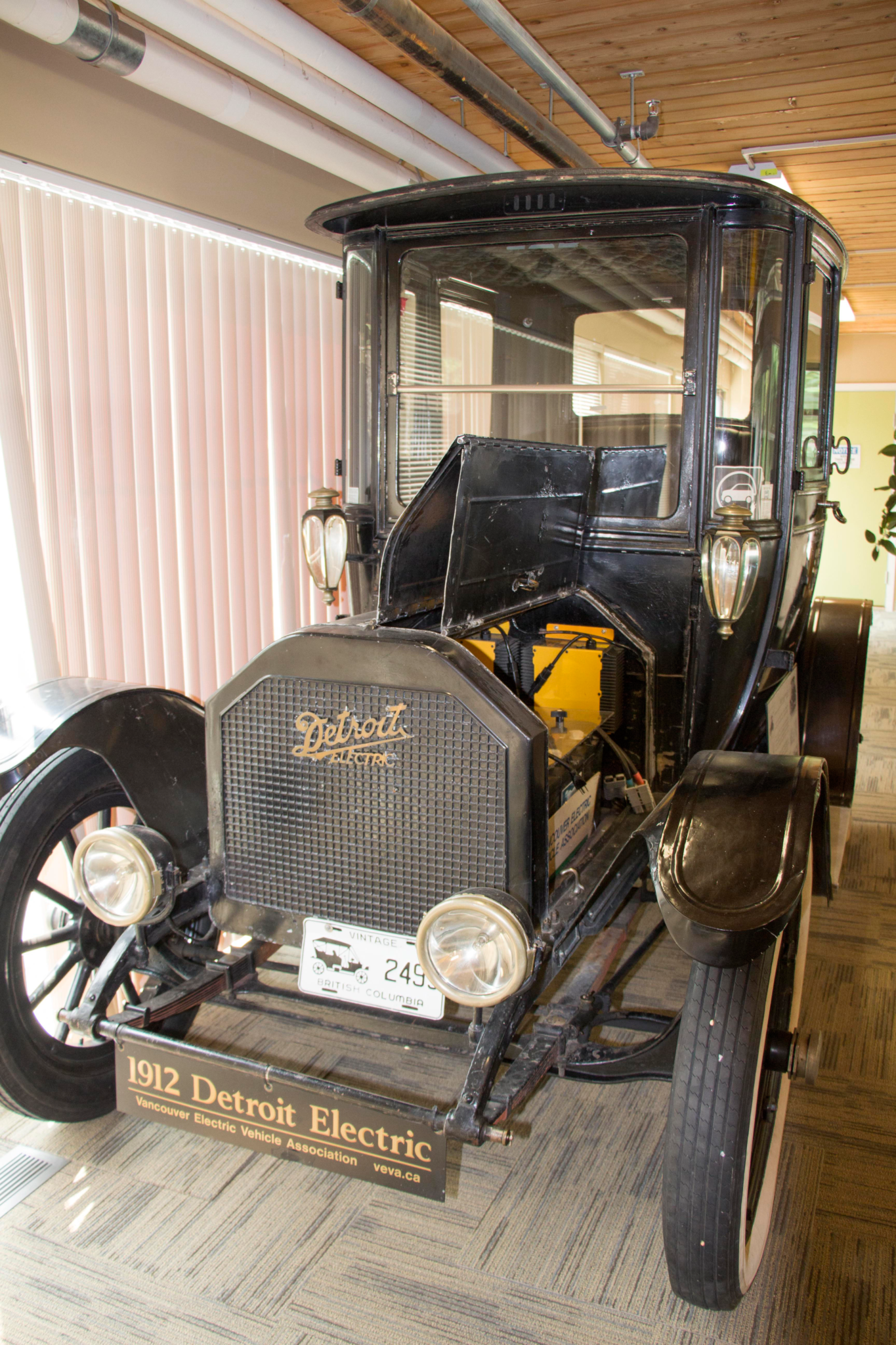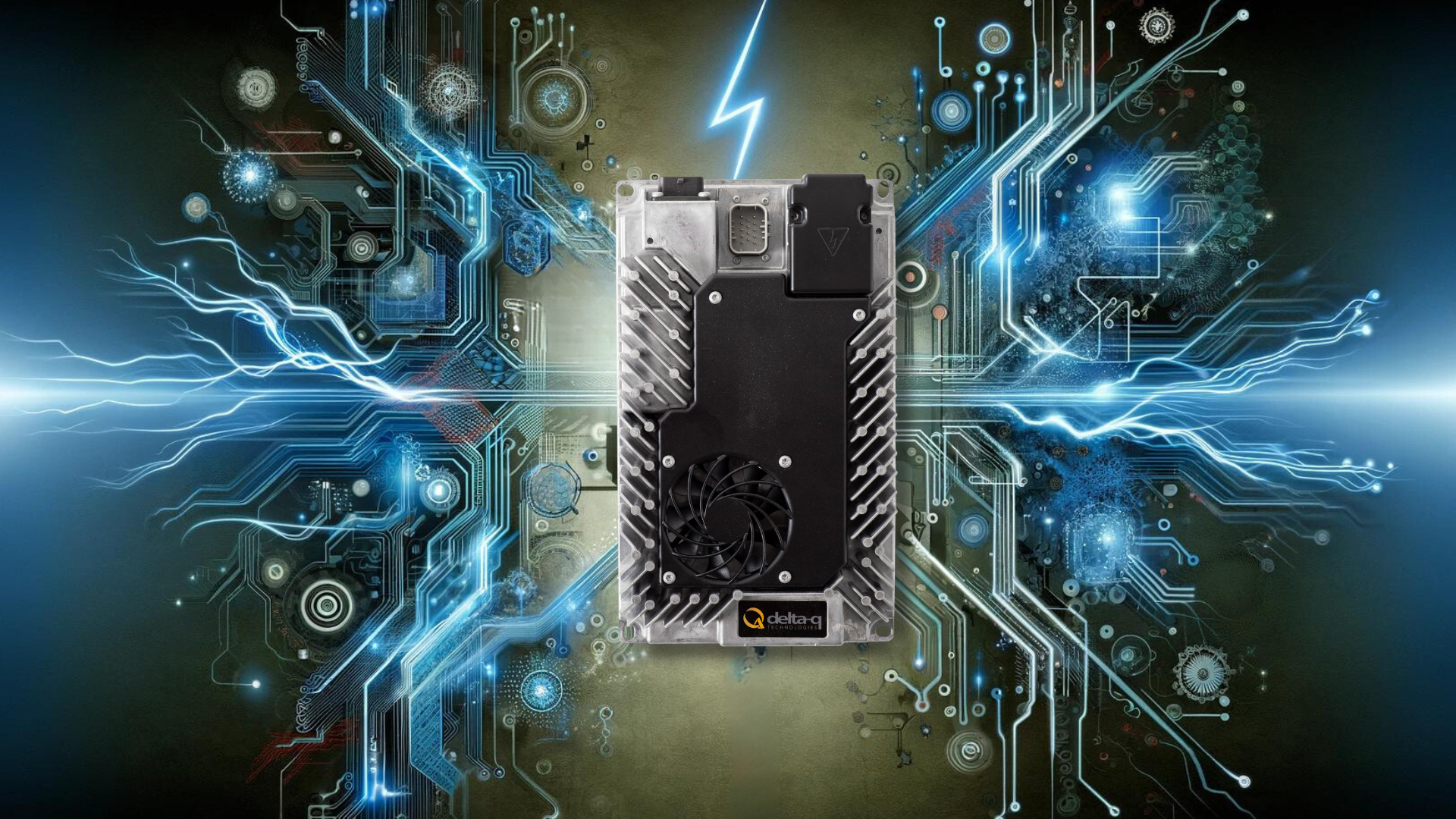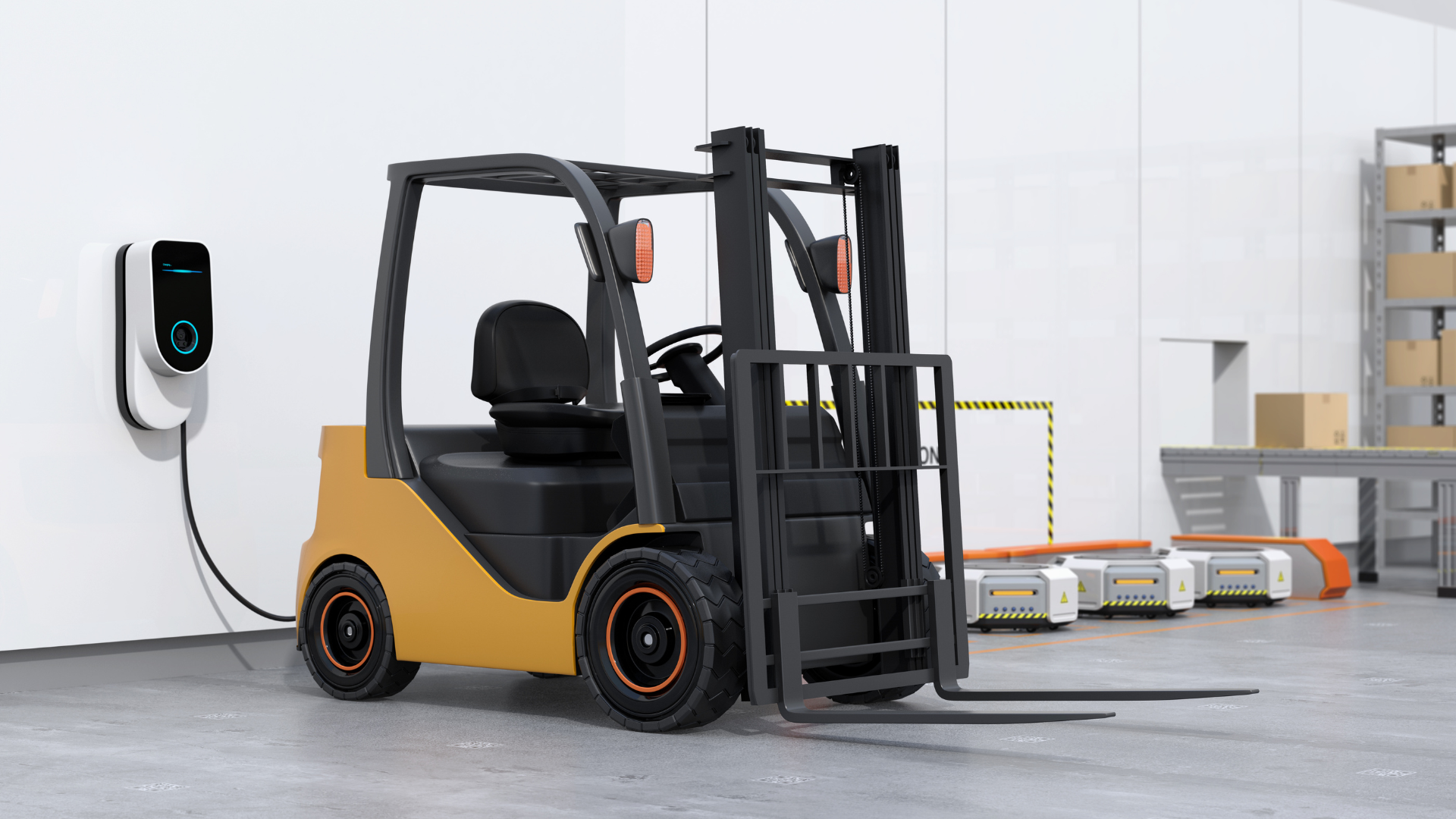By Nicholas Dohmeier, power electronics engineer, Delta-Q Technologies
The design of electronics is a complicated subject, with many competing methods and philosophies, including Design for Manufacturability, Design for Environmental Robustness, Design for High Reliability and Design for Low Cost. Delta-Q refreshed the power electronics design of the QuiQ 1000 Battery Charger in 2012, with design for the future as a primary consideration. As a result, prototyping and validation of the new QuiQ 1500 Battery Charger was rapid, since newer state-of-the-art components could be integrated as they became available.
Future proofing by design is as simple as predicting the future. Super easy, right? The designer must try to anticipate how the application, components, manufacturing technologies, communications technologies, interfaces, customer needs, regulations and legislation will change over the life of a product. Designs that don’t consider the future will need to be re-designed constantly just to maintain existing markets during its life cycle.
In many electronic applications, such as cell phones, a given design or product will only be produced, sold and used for a few years. Most of the future proofing is accomplished through software updates. It’s assumed that customers will purchase new hardware every few years to keep up with the latest technology. It would not be a sound design decision to add significant cost to a cell phone so that its internal hardware can be updated or compatible with expected components of the future.
Other applications such as industrial battery chargers are different. Some products or product families will sell for decades and are expected to work for 5-10 years in the field. In such applications, a good design will anticipate components that are years away from the time of initial design.
For example, a designer today may notice that wide band gap semiconductor devices such as Silicon Carbide Metal Oxide Semiconductor Field Effect Transistors (SiC MOSFETs), are likely to replace standard silicon MOSFETs, which are the switching technology of the day in many applications. The designer may notice that the gate driving requirements of the SiC MOSFETs are backward compatible with older MOSFET technologies, but older MOSFET gate drives are not able to drive SiC MOSFETs. Knowing this, it may be a good design decision to ensure your gate drives can support these new devices, even if it adds a small cost. Ensuring that your gate drives can support these new devices allows for rapid upgrade to modern devices as soon as those devices become the most cost effective switching technology. Alternatively, if the SiC MOSFET gate drives are cost prohibitive the designer may choose to provide a dual layout, allowing either the standard or SiC MOSFET gate drive circuits to be populated.
The 1912 Detroit Electric is an example of an easily upgradeable design. The original batteries were simply replaced with a modern Lead-acid pack and dual QuiQ 1000 battery chargers.
The well-thought-out future-proofed design will provide easily adaptable methods to facilitate new interfaces and communications technologies as they progress. Delta-Q’s IC650 Charger is a good example of this because it includes a USB host interface. When designed correctly, this choice enables any interface or communications technology of the day available as a USB device to be supported easily and with minimal cost.
Customer needs will also evolve over decades, and trying to anticipate those needs can add significant value to a product. Customers will not always be able to anticipate their future needs when they buy a product. For example, adding precision measurement and data logging capabilities means the customer can access this information remotely in the future. In the case of battery chargers, having a product with an unrestricted design, capable of charging both current and future battery types, can be extremely valuable to customers.
Ever evolving legislation and regulation are also very important future proofing considerations. Hazardous substances requirements, efficiency and wasted energy restrictions, immunity and emissions requirements, safety regulations and cradle-to-grave considerations such as ease of recyclability are of vital consideration to the well future-proofed design. Fortunately, it is easy to predict the trends on these fronts, but truly future proofing a design against these can be remarkably challenging.
As in nature, designs which do not consider the future or cannot easily adapt, rarely succeed.
Be the first to know about the latest Delta-Q news, products and early access to sample units!






